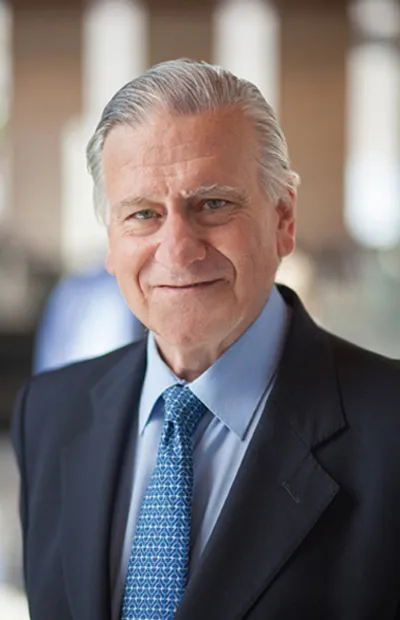
One of CNIC’s hallmarks is excellence, excellence that is also evident in the innovative technology we use to conduct our research. CNIC has state-of-the-art technology in clinical and preclinical imaging at its facilities, technology that enables us, for instance, to determine the presence of arterial inflammation in areas where the plaque of atherosclerosis does not yet exist thanks to the advanced PET/MRI imaging techniques used in the PESA study, or to design a revolutionary technique that allows cardiac magnetic resonance imaging (CMR) in less than one minute -—a technique known as ESSOS— which enables precise assessment of heart anatomy and function.
But CNIC also puts this technology at the disposal of the scientific and industrial community through ReDIB, an officially recognised ICTS (Unique Scientific and Technical Infrastructure). ReDIB is a unique infrastructure in the field of biomedical imaging that was set up to create synergies between San Sebastian’s CIC-biomaGUNE (Centre for Cooperative Research in Biomaterials), Valencia’s Imaging La Fe at the University and Polytechnic La Fe Hospital and La Fe Health Research Institute (IIS La Fe), and BiolmaC (the Complutense University Bioimaging Centre) in order to develop joint projects, opt for more competitive funding programmes and foster the exchange of researchers to pursue excellence in scientific training.
Our ICTS offers equipment that few European centres can boast and represents a powerful, unique tool for diagnosis in molecular and functional imaging, and in the sphere of advanced and high-throughput imaging.
The Infrastructure for Advanced Translational Imaging (TRIMA) is located at CNIC, with a Molecular and Functional Imaging Unit, an Advanced Imaging Unit, a Nanotechnology, Organic Chemistry, and Radiochemistry Laboratory, as well as the High-throughput Imaging Unit.
As Rafael Yuste, the Spanish researcher and creator of the USA’s Brain Initiative project, acknowledges in this edition of CNIC Pulse, it is thanks to these innovative technologies that we can begin to discover aspects of our brain that had previously been unreachable. As he himself says, “We’ll know ourselves from the inside for the first time.”
Roser Vento-Tormo is an expert in technological innovation whose team is part of the Human Cell Atlas (HCA) consortium, which aims to create an atlas of all the cell types in the human body at single-cell resolution, including all stages of human development/life cycle in 3 dimensions, to obtain a complete view of the human body during health and illness. Thanks to technology, we are seeing surprising results.
But technology always needs human capital. And at CNIC, we know a lot about that. A critical mass of human resources is essential to progress in the research we want to pursue. As Dr. Vento-Tormo explains, “It’s not all about funding, which is, of course, important… For a person to develop their ideas, it is absolutely vital to part of a group where people think, where they discuss their ideas.” We couldn’t agree more.
